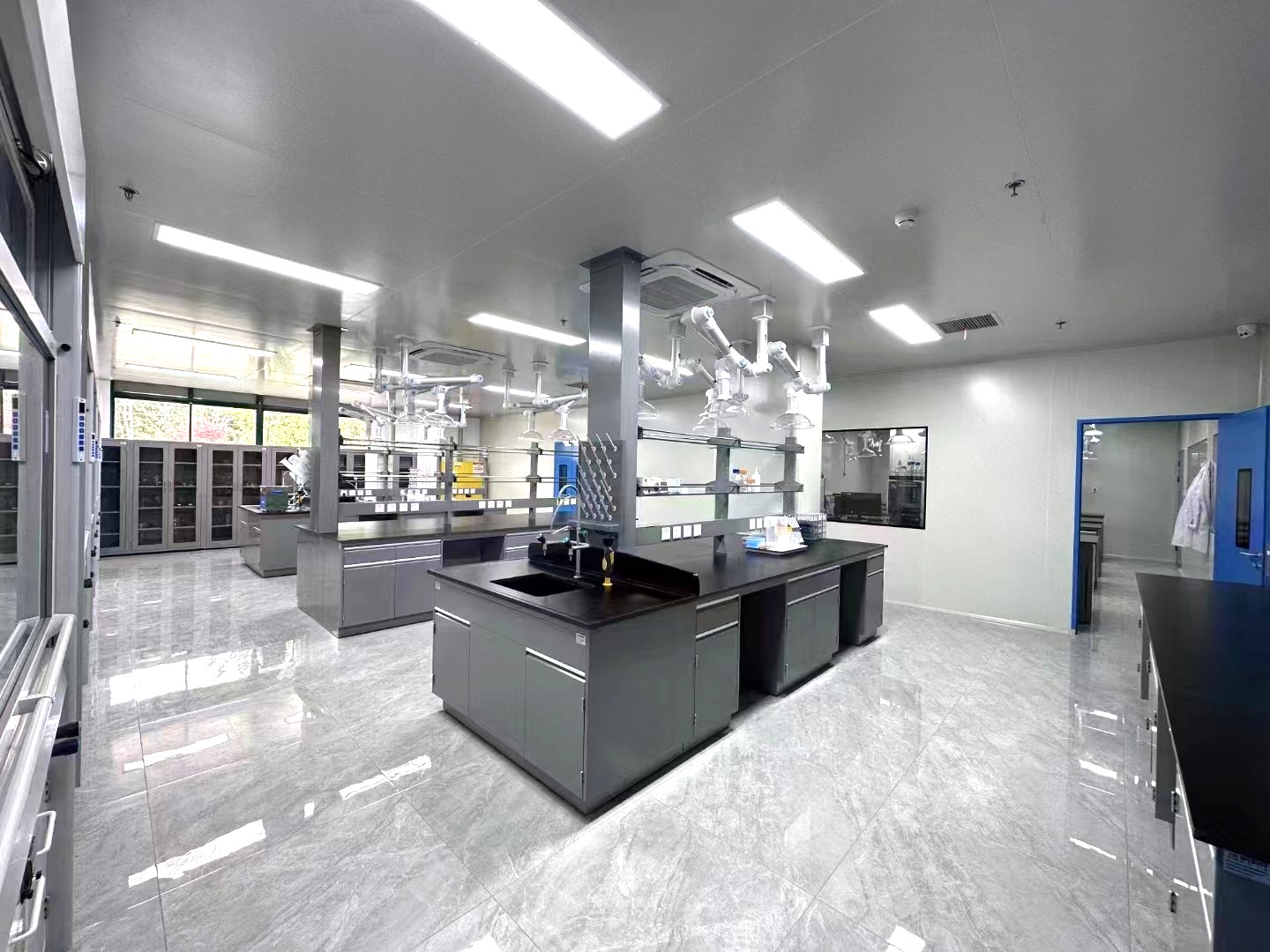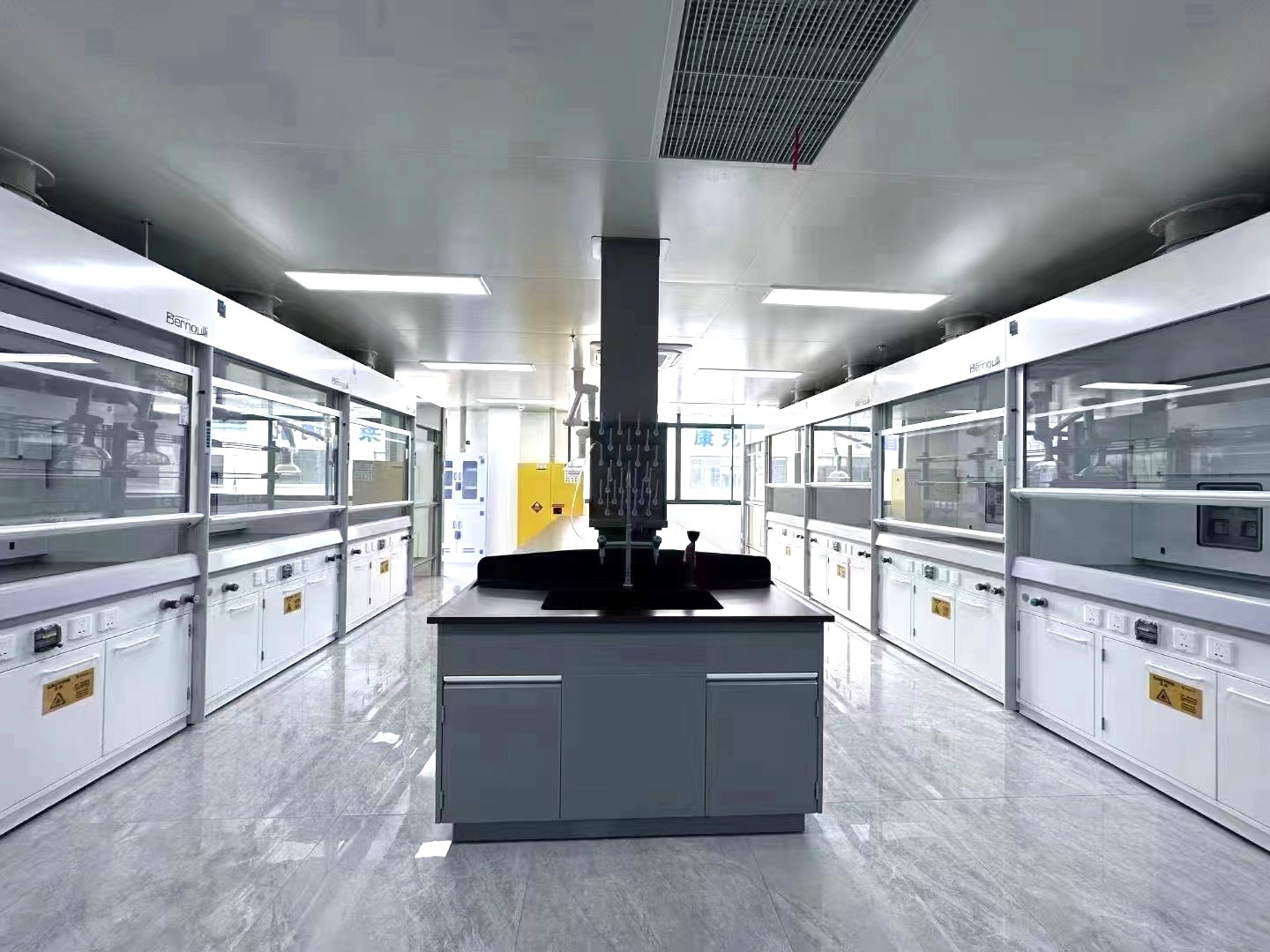

Laboratory clean room safety hazards refer to potential dangerous factors that may lead to accidents during laboratory operations. Here are some common laboratory clean room safety hazards:
1. Improper storage of chemicals
Various chemicals are often stored in laboratory clean room. If stored improperly, chemicals may leak, volatilize, or react with other substances, causing dangers such as fires and explosions.
2. Electrical equipment defects
If the electrical equipment used in laboratory clean room, such as plugs and cables, is defective, it may cause electrical fires, electric shocks and other safety accidents.
3. Improper experimental operation
Experimenters who do not pay attention to safety during operation, such as not wearing protective glasses, gloves, etc., or using improper experimental equipment, may cause injuries or accidents.
4. Laboratory equipment is not properly maintained
Equipment in laboratory clean room requires regular maintenance and repairs. If maintenance is not done properly, it may lead to equipment failure, water leakage, fire and other accidents.
5. Poor ventilation in laboratory clean room
Experimental substances and chemicals in laboratory clean room are easy to volatilize and emit toxic gases. If ventilation is poor, it may cause harm to the health of experimental personnel.
6. The laboratory building structure is not solid
If there are hidden dangers in laboratory clean room such as roofs and walls, they may lead to collapse, water leakage and other safety accidents.
In order to ensure the safety of the laboratory clean room, it is necessary to strengthen the prevention and management of laboratory clean room safety hazards, conduct regular safety inspections and training, improve the safety awareness and operating skills of experimental personnel, and reduce the occurrence of laboratory safety accidents.
Post time: Apr-19-2024

